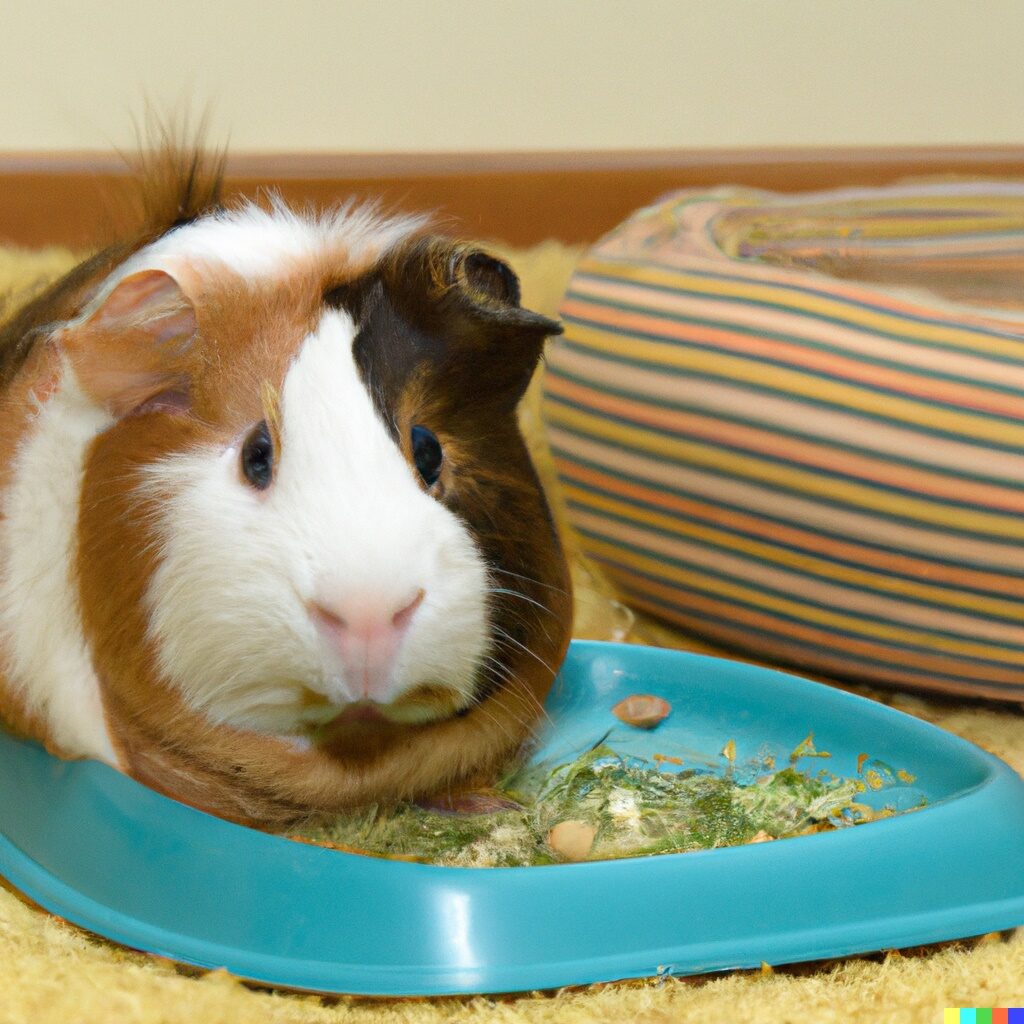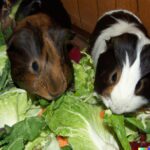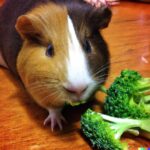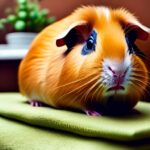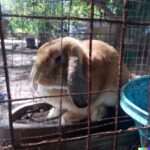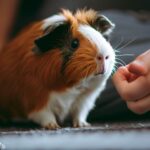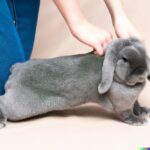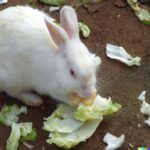Guinea pigs, also known as cavies, are cute, cuddly, and make great pets. They are social animals that thrive on attention, and they love to play and explore. If you’re considering getting a guinea pig, it’s important to be prepared for the commitment and responsibility that comes with pet ownership. In this article, we’ll provide a comprehensive guide to preparing for a guinea pig as a pet, covering everything from housing and diet to health and wellness, training and socialization, and toys and accessories.
Housing and Habitat for guinea pigs as pets
The first step in preparing for a guinea pig as a pet is to provide a spacious and safe environment for your furry friend. Guinea pigs need plenty of room to move around, so it’s important to choose a cage that’s big enough for them to stretch out and explore. A good rule of thumb is to provide at least 7.5 square feet of floor space for one or two guinea pigs.
When choosing a cage, look for one that’s made of sturdy materials and has a solid bottom to prevent injuries. Avoid cages with wire floors, as they can cause foot injuries and be uncomfortable for your guinea pig to walk on. You’ll also need to provide bedding material for your guinea pig, such as paper-based bedding or fleece liners, and change it regularly to keep the cage clean and fresh.
In addition to a cage, you’ll need to provide accessories and enrichment items for your guinea pig. These can include a hidey house, a food dish, a water bottle, and toys such as tunnels, chew toys, and puzzle feeders. It’s important to choose toys that are safe for your guinea pig to play with, and to rotate them regularly to keep your pet engaged and stimulated.
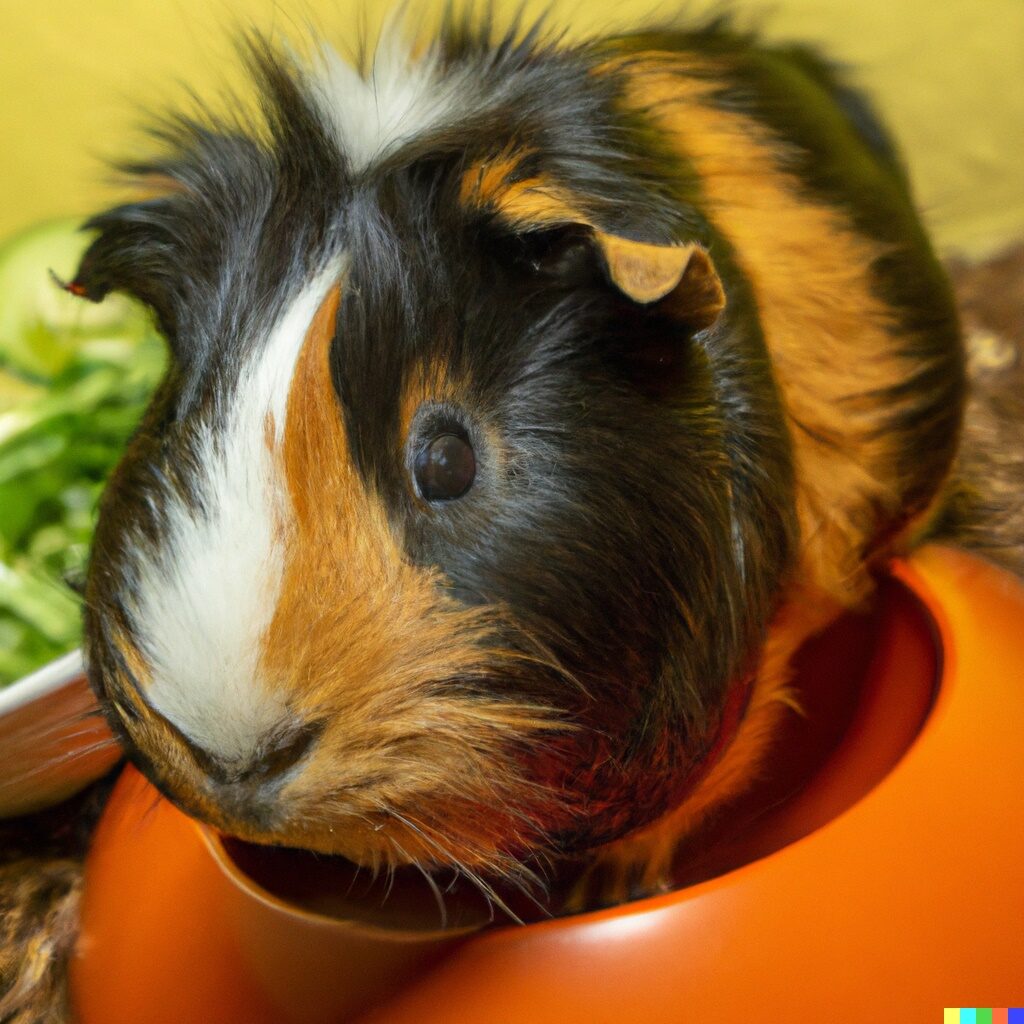
Diet and Nutrition for guinea pigs as pets.
A healthy and balanced diet is essential for your guinea pig’s health and well-being. Guinea pigs are herbivores, which means they eat plant-based foods such as hay, vegetables, and fruits. The majority of your guinea pig’s diet should consist of hay, which provides fiber and helps to wear down their constantly growing teeth. Timothy hay is a good choice for adult guinea pigs, while alfalfa hay is better for young guinea pigs and pregnant or nursing mothers.
In addition to hay, you’ll need to provide pellets and fresh vegetables as part of your guinea pig’s diet. Look for high-quality pellets that are specifically formulated for guinea pigs, and avoid brands that contain fillers or additives. Vegetables such as kale, spinach, carrots, and bell peppers are all good choices, but be sure to introduce them gradually and monitor your guinea pig’s digestive health.
It’s also important to provide your guinea pig with clean and fresh water at all times. A water bottle is a good choice, as it’s less likely to get contaminated than a dish. Be sure to change the water daily and clean the bottle regularly to prevent bacterial growth.
Health and Wellness of guinea pigs as pets
To keep your guinea pig healthy and happy, it’s important to monitor their health and well-being on a regular basis. Some signs of a healthy guinea pig include bright eyes, clear nostrils, and a shiny coat. If you notice any changes in your guinea pig’s behavior or appearance, such as lethargy, loss of appetite, or discharge from the eyes or nose, it’s important to seek veterinary care right away.
Preventive care is also important for your guinea pig’s health. Regular veterinary check-ups can help to detect any health problems early on and prevent serious complications. Your veterinarian may also recommend vaccinations and parasite prevention treatments to keep your guinea pig healthy.
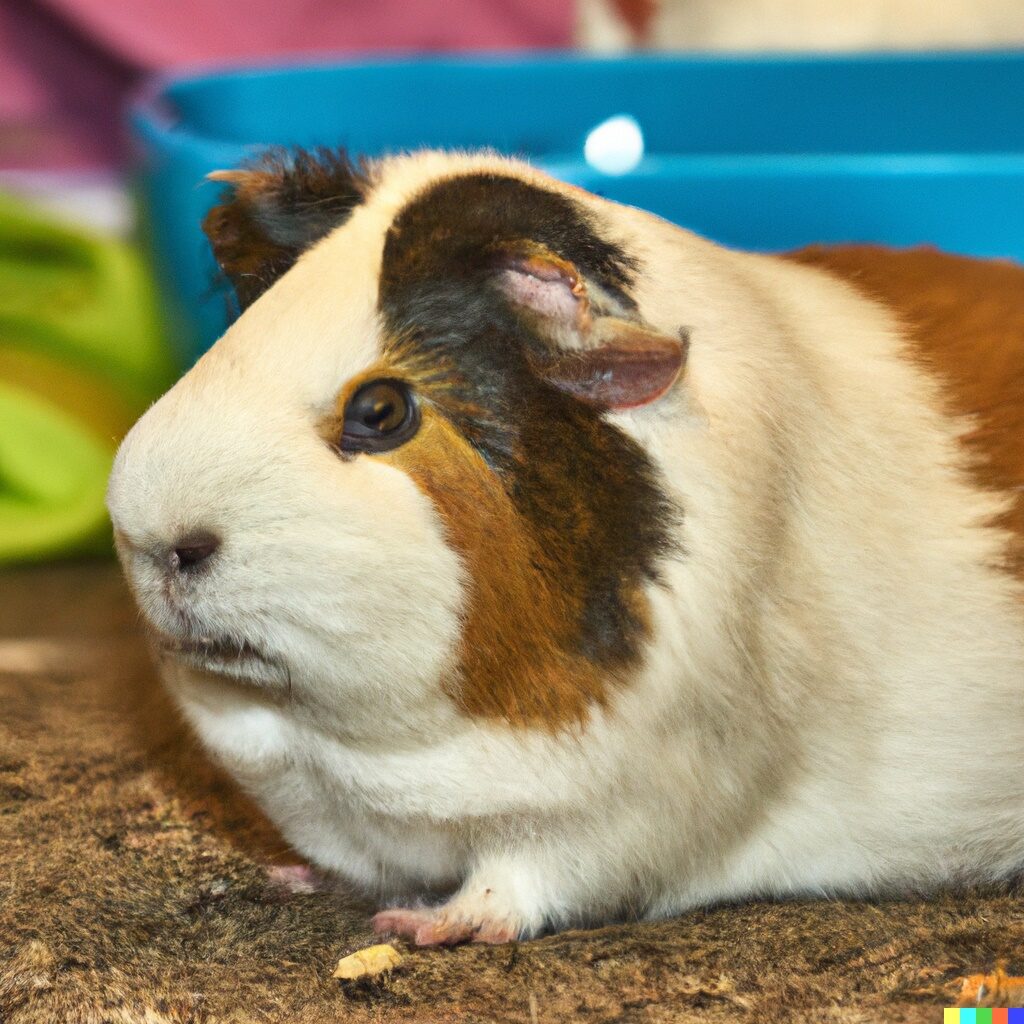
Training and Socialization of guinea pigs as pets
Guinea pigs are social animals that thrive on interaction and attention from their owners. To help your guinea pig feel comfortable and happy in their new home, it’s important to spend time with them and provide opportunities for socialization and training.
One way to socialize your guinea pig is to provide them with opportunities to interact with other guinea pigs. If you have only one guinea pig, consider getting a second one to keep them company. Guinea pigs are social animals that do well in pairs or small groups. However, be sure to introduce them gradually and monitor their interactions to ensure they get along.
You can also socialize your guinea pig by spending time with them and handling them regularly. Start by sitting next to their cage and talking to them, offering treats, and eventually reaching in to pet them. Gradually increase the amount of time you spend with them and the level of interaction.
Training your guinea pig can also be a fun and rewarding experience. Guinea pigs are intelligent animals that can learn to respond to cues and commands, such as coming when called or performing tricks. Positive reinforcement techniques, such as offering treats or praise, can be used to encourage desired behaviors.
Toys and Accessories for guinea pigs as pets.
Providing your guinea pig with toys and accessories can help to keep them stimulated and engaged. Some good options include tunnels, chew toys, puzzle feeders, and hidey houses. Be sure to choose toys that are safe for your guinea pig to play with and rotate them regularly to keep your pet entertained.
You can also provide your guinea pig with accessories such as hammocks, blankets, and snuggle sacks to make their environment more comfortable and cozy. These items can also provide a sense of security for your guinea pig and help them feel more at home in their cage.
Conclusion
Caring for a guinea pig requires commitment and responsibility, but the rewards of having a happy and healthy pet are well worth it. By following the guidelines and tips outlined in this article, you can provide the best possible care for your furry friend. Remember to always monitor your guinea pig’s health and behavior, and don’t hesitate to seek veterinary care if necessary. With proper care and attention, your guinea pig can thrive and bring joy to your life for many years to come.
frequently asked questions on Preparing for a Guinea Pig as a Pet
What type of cage is best for a guinea pig?
A guinea pig cage should be spacious, well-ventilated, and easy to clean. A minimum size of 7.5 square feet is recommended for one or two guinea pigs, with additional space for each additional guinea pig. It’s also important to provide a solid floor and a hiding place for your guinea pig to retreat to when they feel stressed or frightened.
What kind of bedding should I use for my guinea pig’s cage?
Guinea pigs need a soft and absorbent bedding material to keep their cage clean and comfortable. Good options include paper-based bedding, wood shavings, or fleece liners. Avoid using cedar or pine shavings, as they can be harmful to your guinea pig’s respiratory system.
What should I feed my guinea pig?
Guinea pigs need a diet that is high in fiber and vitamin C. Good options include hay, fresh vegetables, and a small amount of pellets. Avoid feeding your guinea pig sugary or starchy treats, as these can lead to health problems.
Do guinea pigs need to be groomed?
Yes, guinea pigs require regular grooming to keep their coat clean and healthy. This includes brushing their fur, trimming their nails, and cleaning their ears. It’s also important to provide your guinea pig with opportunities to bathe, either by using a special shampoo or providing them with a shallow dish of water to splash around in.
How often should I take my guinea pig to the vet?
Guinea pigs should have an initial check-up with a veterinarian when you first bring them home, and then annual check-ups thereafter. It’s also important to monitor your guinea pig’s health and behavior regularly, and to seek veterinary care if you notice any signs of illness or injury.
Can guinea pigs be litter trained?
Yes, guinea pigs can be litter trained, although it may take some time and patience. Start by placing a litter box in a corner of their cage and filling it with paper-based bedding or other absorbent material. Encourage your guinea pig to use the litter box by placing some of their droppings inside, and reward them with treats and praise when they use it correctly. With consistent training and positive reinforcement, your guinea pig can learn to use a litter box reliably.
